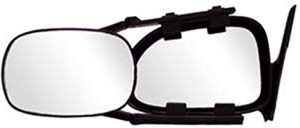-
Welcome to Tacoma World!
You are currently viewing as a guest! To get full-access, you need to register for a FREE account.
As a registered member, you’ll be able to:- Participate in all Tacoma discussion topics
- Communicate privately with other Tacoma owners from around the world
- Post your own photos in our Members Gallery
- Access all special features of the site
Help me understand weight limits...
Discussion in '3rd Gen. Tacomas (2016-2023)' started by EchoDeltaSierra, Aug 25, 2020.
Page 1 of 3
Page 1 of 3


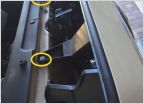 30" Light Bar Install - Easier Than You Might Think
30" Light Bar Install - Easier Than You Might Think Hood solar panel
Hood solar panel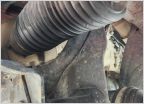 Rack and pinion dying
Rack and pinion dying Swapping the RC62F Manual Transmission for the RC60F
Swapping the RC62F Manual Transmission for the RC60F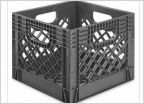 Geezer step box needed for bed access
Geezer step box needed for bed access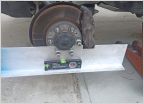 DIY alignment tool
DIY alignment tool





















